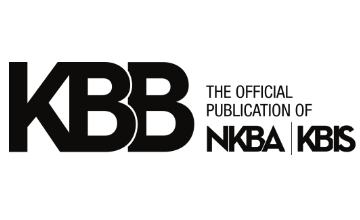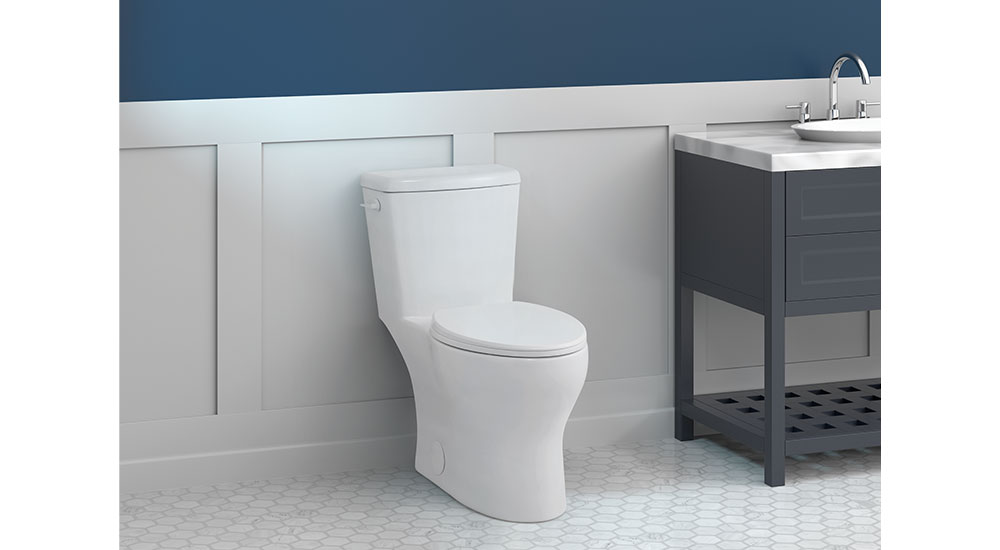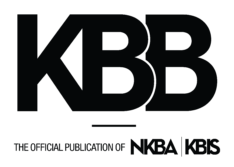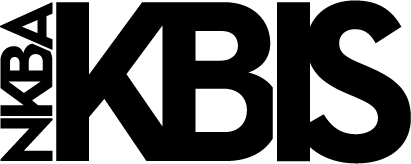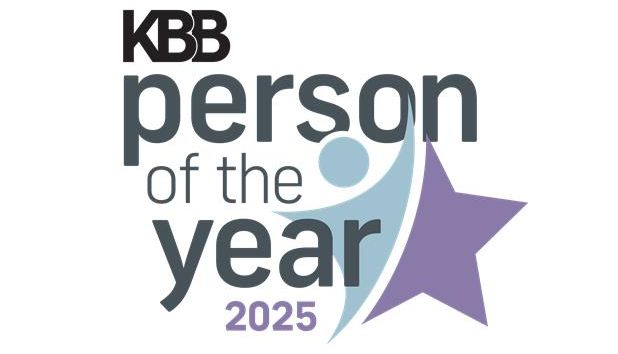A Look at Two Sustainable Kitchen and Bath Brands
The following is a deep dive into two sustainable kitchen and bath brands whose core values have significantly contributed to sustainable design.
Niagara
Last year, Niagara received the 2024 WaterSense Sustained Excellence Award from the U.S. Environmental Protection Agency. The honor rang familiar – it’s the eighth time the brand has been recognized by the EPA for contributing to the success of the WaterSense program by enhancing the market for water-efficient products, practices and services and educating the public about the need to use water more efficiently.
Above photo: Niagara products have helped 4.7+ million users save more than 308 billion gallons of water and over $3.7 billion in utility bills.
Its toilets use advanced proprietary technology to achieve a range of flush rates. Photo credit: Niagara
These and other awards are validations of the company’s mission, which took root nearly 50 years ago in a garage in New Jersey. That’s where Niagara founder Bill Cutler set out to engineer a water-efficient showerhead, accumulating hundreds of the fittings to explore their inner workings. That tinkering paid off in 1974, when he developed the first Niagara showerhead – a watershed moment in everyday conservation.
Today, that scrappy, one-man operation has grown into a multi-million-dollar organization, with Kyle Cutler, CEO and Carl Wehmeyer, executive vice president, now leading the charge against water waste. The Niagara name has become synonymous with innovative conservation for a growing customer base of utility companies, plumbers, contractors, wholesalers and eco/cost-conscious homeowners and developers.
In 2009, Niagara patented its Stealth Technology and created the world’s first 0.8 GPF toilet with a high-powered, low-maintenance, virtually clog-free and water-efficient flush.
“Today, as climate change, population growth and record droughts present an unprecedented strain on our water supply, we are more obsessed than ever,” said Wehmeyer “Niagara is doubling down on our purpose and pushing our technology to invent new ways for our customers to conserve water without compromising performance.”
The Good Plastic Company
What do discarded refrigerators, washing machine enclosures, industrial spools and CD jewel cases have in common? They – and other synthetic flotsam – constitute the more than two million pounds of plastic waste that The Good Plastic Company has repurposed into high-quality design solutions.
What do discarded refrigerators, washing machine enclosures, industrial spools and CD jewel cases have in common? They – and other synthetic flotsam – constitute the more than two million pounds of plastic waste that The Good Plastic Company has repurposed into high-quality design solutions.
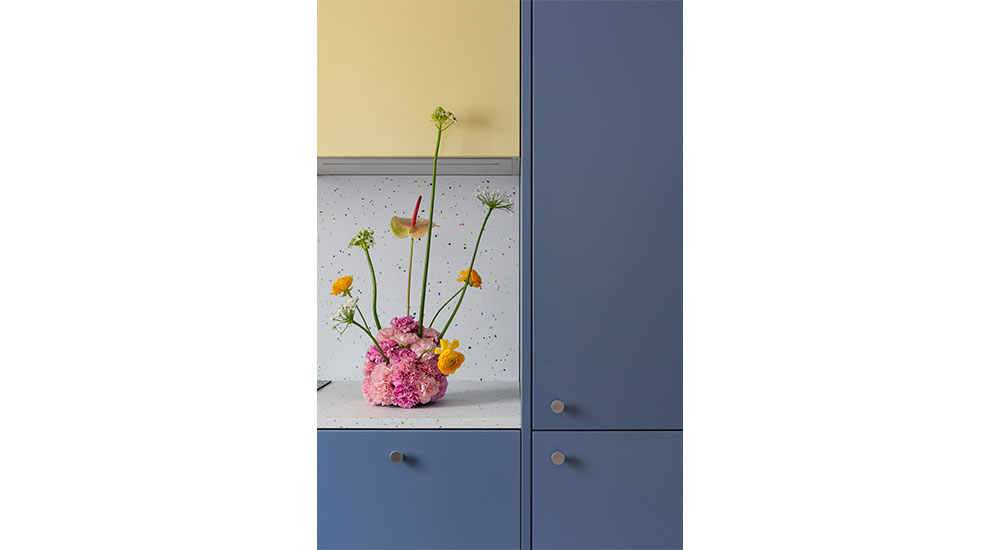
Since its founding in 2018, The Good Plastic Company has repurposed more than two million pounds of plastic waste into 100% recycled
and recyclable surface materials under its flagship product, Polygood. Photo credit: The Good Plastic Company
With its flagship surfacing, Polygood, the company has partnered with leading brands and international design and architecture firms to create beautiful and functional design elements. Made of 100% recycled and recyclable polystyrene, Polygood is the first material of its kind to achieve Cradle to Cradle Bronze status.
Administered by an independent third party, the famously picky C2C evaluation process analyzed all aspects of the company’s operations, including supply chains, production, water, material and downstream stages to ensure the transparent and responsible production of Polygood panels.
William Chizhovsky founded The Good Plastic Company in 2018, following a career that spanned international trade, strategic initiatives and business transformation. With a Ph.D. in economics and a master’s degree in management from Harvard University, he had the tools and training to build a resilient company structure that mirrored its focus on sustainability. Vertical integration and strategic investment in R&D have ensured an industrial-scale production of approximately 530,000 square feet of material each year, as well as consistent delivery of the product.
Completing its commitment to circularity, TGPC offers a program where clients can return used Polygood panels that will be mixed with construction offcuts to create new product. It’s a process that can be repeated ad infinitum.
“Our future depends on reimagining used materials and waste like they are a valuable resource,” said Chizhovsky.
